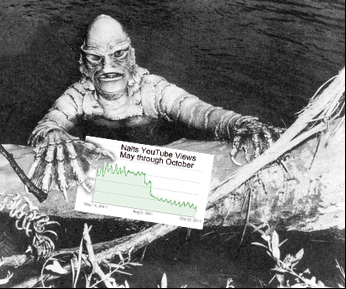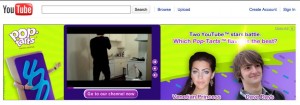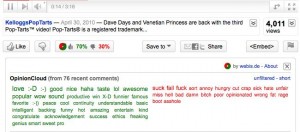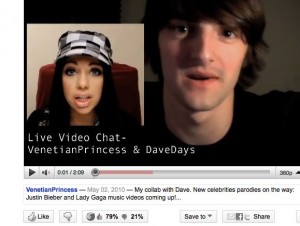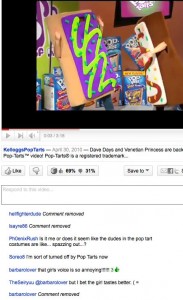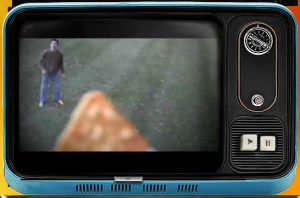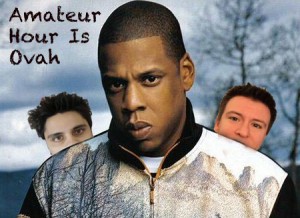
Weblebrities, also known as amateur “web stars,” are like the Gaddafi loyalists. They’re not done fighting, but odds favor Libya’s National Transitional Council headed by Abdurrahim el-Keib. (Sure he’s a former electrical engineering professor from the University of Alabama, but he’s the country’s interim prime minister).
The new regime of YouTube is The National Transitional Council of Professional Content, and it’s fortified by something more precious than allies, arms and cash. It has the online-video equivalent of nuclear weapons: “Ad Value Density.”
“Ad Value Density” is a phrase used by Michael Humphrey of Forbes when challenging some conclusions in Revision3’s Jim Louderback AdAge article (the piece gave some “watch outs” to old media entering new media land). Ad Value Density means the content can command a premium spend by advertisers, who are skittish about having their ads surround “consumer generated content,” and feel warm ‘n safe placing ads adjacent to content by real celebrities and network content.
Ad Value Density means, from a financial standpoint, a view’s not a view’s not a view. YouTube’s financial interest is to propagate content that meets the following criteria:
- It generates the most revenue: the high ad-value density for professional content means advertisers will pay a premium to surround that content… making each view on YouTube more profitable.
- The content will draw larger audiences who return frequently. If they follow the Golden Rule of web content: create constant content.
- It generates the most revenue.
Repetition by intent. Professional content will increasingly dominate YouTube, and that will draw larger and more profitable advertising spends. It makes good business sense for GoogleTube. As online-video begins to merge with television, Google wants to be The Distribution Platform. That means it needs content sought after by the unwashed masses who don’t yet use YouTube daily.
What’s not clear is how cable TV will respond. It turns out they’re the current platform, and have a strong-hold on most households with proprietary boxes and bundled channels that would be cost-prohibitive if sold “ala cart.”
In the meantime, it’s a continuous gentle fade for the weblebrities, except the fierce ones who morph with the medium… aligning with studios, securing cash from Google’s $100 million paid to professional content providers.
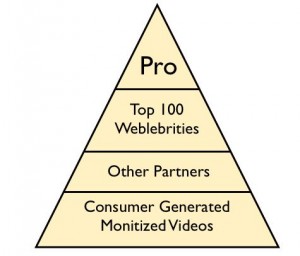
We’re seeing four tiers of content providers emerge, and YouTube placing a sharp emphasis on the top of the pyramid…
- Pro: Celebrities and professionally produced content (premium advertising due to “ad value density”)
- Top 100 Weblebrities: The leading YouTube stars (decent ads, and placement for a while)
- Partners: Declining emphasis as documented in my previous post (lower ad value)
- Consumer content with monetization: This is the “long tail,” and YouTube in past months has been working aggressively to monetize even tiny accounts (see proof). Here we’ll see mostly tiny CPMs and CPCs from some of the lesser known advertisers looking for cheap leads.
Nobody’s going to die quickly, but all signals suggest YouTube/Google is shifting its emphasis — from web originals and amateur “weblebrities” to celebrities and large content providers. Why? The latter has the potential of attracting people who aren’t using YouTube, and Google apparently believes it will have them coming back again (if they heed Louderback’s suggestion about creating content frequently). Simply put, higher on the pyramid the higher the “ad value density,” right?
Finally don’t underestimate the Gaddafi Weblebrity regime. Sxephil and others have already secured placement in the pro camp. The fierce creators may be able to segway their web fame into long-form content.

